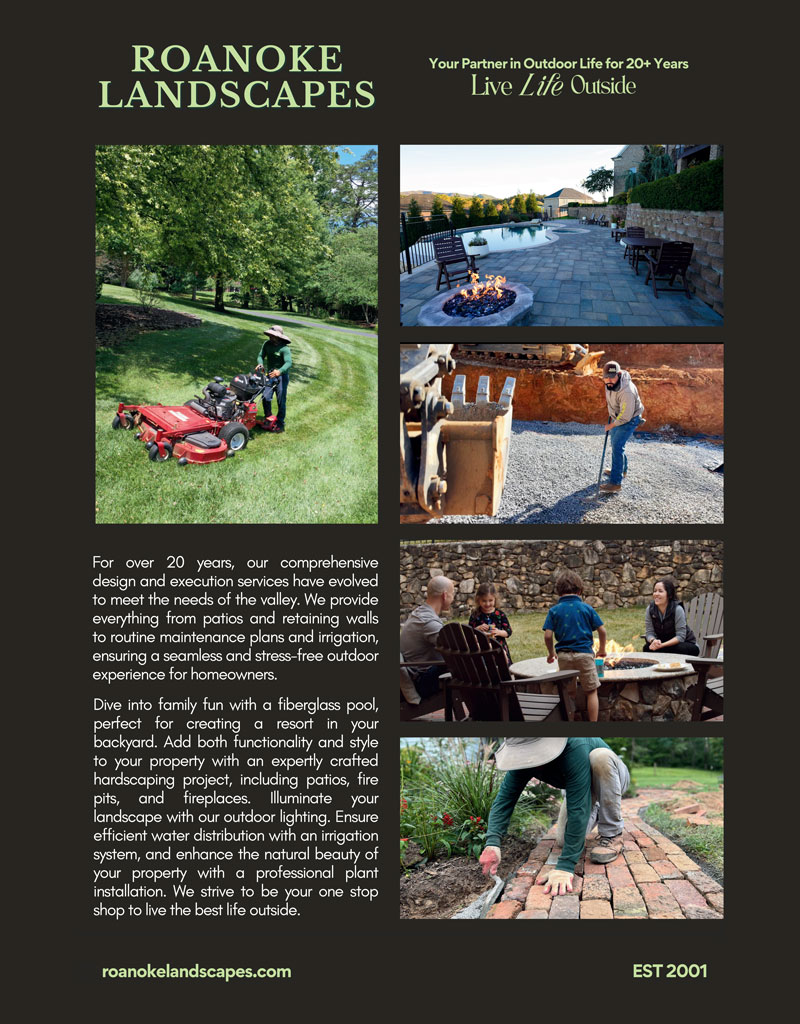English Cottage Gardens | Wild & Winsome
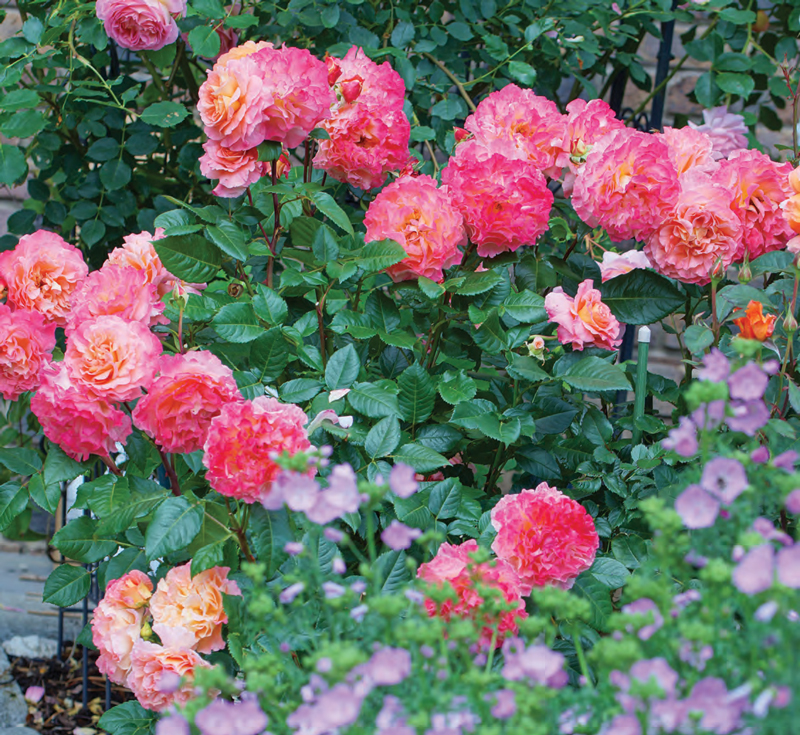
The English cottage garden dates back to the late 14th century, when it is believed they popped up with the very practical purpose of providing food for the working class. Small in nature, these gardens were tended by workers, in part to ensure their own food supply. Growing in these gardens were a variety of fruits, vegetables and herbs, with a few flowers thrown in for attracting pollinators and resisting pests. They may have even hosted beehives and small livestock, such as a pig or a flock of chickens. While they’ve evolved over the years, the general approach to a cottage garden remains virtually the same: Use up as much of the space as possible and plant a multitude of things in small groups, resulting in variety while also limiting loss to pests and disease. The end result should look informal and even a bit haphazard, even if it has been carefully planned.
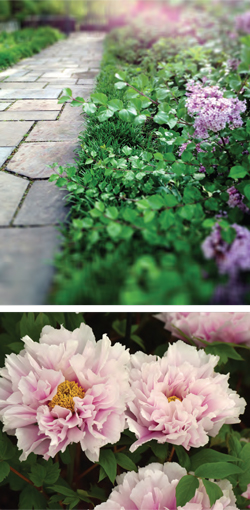 The slightly riotous appearance of a cottage garden is the result of mixing heights, textures and colors of a wide variety of plants in a slightly whimsical fashion—there are no hard and fast rules about keeping tall flowers in the rear as you would with a garden with proper borders. In fact, the borders of a cottage garden are meant to be soft and planted with blooms that spill over onto pathways. Plants that offer a burst of scent as they brush one’s ankles are a lovely touch along borders and pathways— consider a fragrant herb like lavender or creeping thyme. Meandering pathways add to the charm, making a smaller garden feel larger while also beckoning visitors to wander around the next bend.
The slightly riotous appearance of a cottage garden is the result of mixing heights, textures and colors of a wide variety of plants in a slightly whimsical fashion—there are no hard and fast rules about keeping tall flowers in the rear as you would with a garden with proper borders. In fact, the borders of a cottage garden are meant to be soft and planted with blooms that spill over onto pathways. Plants that offer a burst of scent as they brush one’s ankles are a lovely touch along borders and pathways— consider a fragrant herb like lavender or creeping thyme. Meandering pathways add to the charm, making a smaller garden feel larger while also beckoning visitors to wander around the next bend.
Cottage gardens have an intimate feel, in part due to a defined boundary like a fence or small hedge. This helps delineate the garden from the surrounding landscape. Some popular shrubs planted as a hedge for cottage gardens include boxwood, privet, yew and other evergreens such as holly, cedar and juniper. Elderberry bushes as well as shrub roses are blooming shrubs that can also be employed as a hedge. Some of these plants (like privet) are fast growing and will require more attention and maintenance than a slow growing boxwood, so consider exactly how much attention you will want to pay to your hedge when planning and planting.
Blooming shrubs and small trees aren’t limited to the outer edge of a cottage garden. They can act as a focal point while providing some structure to the garden—think hydrangea, dogwood or lilac. In keeping with the tradition of early cottage gardens, an edible element would also be at home in a modern cottage garden—a blueberry, raspberry or fig bush, small cherry or peach tree. A small evergreen is another good choice as a focal point in the cottage garden, as it will require little attention and will offer year-round color.
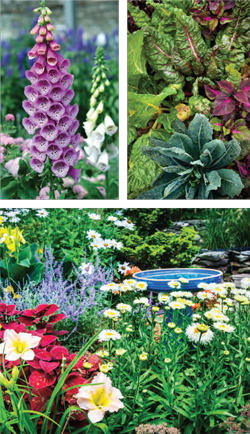 Edible plants beyond shrubs and trees can also be worked into the cottage garden—herbs like sage, rosemary, thyme, chive, basil and oregano as well as vegetables and fruits can easily be included and intermixed in the garden. Greens like swiss chard or kale make an unexpected and attractive addition, while arugula or a mesclun mix can make for an interesting border plant. Root vegetables like potato or carrot are also easily grown in cottage gardens, as well as more traditional vegetables like pepper, squash, okra and more.
Edible plants beyond shrubs and trees can also be worked into the cottage garden—herbs like sage, rosemary, thyme, chive, basil and oregano as well as vegetables and fruits can easily be included and intermixed in the garden. Greens like swiss chard or kale make an unexpected and attractive addition, while arugula or a mesclun mix can make for an interesting border plant. Root vegetables like potato or carrot are also easily grown in cottage gardens, as well as more traditional vegetables like pepper, squash, okra and more.
Flowers are the backbone of the modern cottage garden. The earliest keepers of cottage gardens didn’t have time or room for error, so hardy natives and self-sowers were favored. Hollyhock, foxglove, nasturtium, dianthus, poppy, cosmos, cornflower, zinnia, daisy, peony, bee balm, lily, lily-of-the-valley, cowslip, primrose and phlox are among the wide varieties of charming flowers that can be found in a cottage garden. Annuals like geranium, begonia or coleus can also be planted in spots to fill in as needed, adding a pop of color that lasts all season.
Climbing flowers are another common element of the cottage garden. While perhaps the flower most associated with the cottage garden is the climbing rose, there are any number of other climbing flowers that are suited to it, including clematis and wisteria. Often planted around arbors or trellises, and along walls or fences, these flowers add dramatic interest, as do the items placed in the garden for them to climb. And while you’re adding interesting things for your plants to climb, don’t forget other fun elements, like rustic tables and chairs in which to enjoy your garden, birdbaths for your visiting feathered friends, lanterns and other small touches that make your garden an extension of your home. Potted plants can also be part of your cottage garden, so look for unusual planters or make your own out of an old wheelbarrow or teapot. Items that have outlived their usefulness can often find second life in the garden—for instance, a piece of enamelware with a rusted bottom has an excellent start on offering drainage for a potted plant!
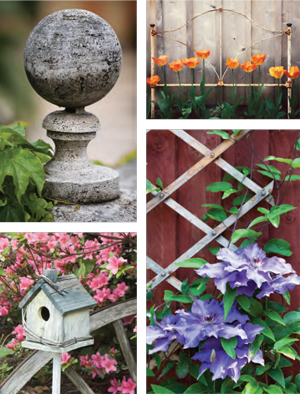 The key to planting a cottage garden is to start with groupings of plants, so that it’s not just a jumble. It will take a year or two for the garden to fill in, with plants heading in the direction they choose and not necessarily the way you’d prefer. While cottage gardens are a bit more forgiving of weeds and boundarycrossing plants, they must be maintained on a regular basis. Left unchecked, some plants may begin to dominate the others, so one needs to be ruthless with volunteer plants. Maintaining the soil, particularly if you are growing vegetables, is also important. Incorporate compost or other organic soil additives regularly and use mulch to help keep soil moist.
The key to planting a cottage garden is to start with groupings of plants, so that it’s not just a jumble. It will take a year or two for the garden to fill in, with plants heading in the direction they choose and not necessarily the way you’d prefer. While cottage gardens are a bit more forgiving of weeds and boundarycrossing plants, they must be maintained on a regular basis. Left unchecked, some plants may begin to dominate the others, so one needs to be ruthless with volunteer plants. Maintaining the soil, particularly if you are growing vegetables, is also important. Incorporate compost or other organic soil additives regularly and use mulch to help keep soil moist.
As with any garden, planting items that bloom at different times helps keep your gardening looking lively all season long. Intersperse spring blooming plants, like peony, with a later blooming daisy or dahlia. Plant unexpected colors next to each other—perhaps a red rose next to a purple allium. When it comes to cottage gardens, there are no definite rules beyond planting a little bit of everything you like and keeping it as informal as possible, with no worry for precise spacing, strict height gradations, or straight lines. No matter the size of your yard, you can start a cottage garden quite simply, by carving out a small flower bed near a path or entrance. In time, as your garden grows, you can expand it for a meandering, truly charming outdoor space.
14th century, Blooming shrubs, cedar, Current Issue, edible plants, elderberry, English cottage garden, Hedges, herbs
